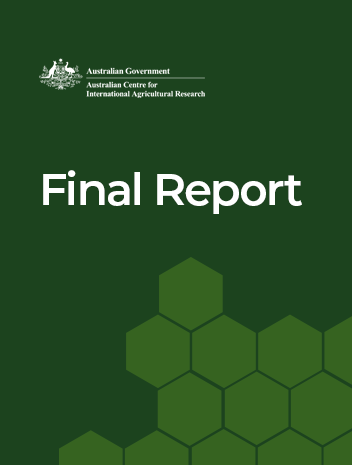Overview
This project aimed to reduce uncertainties in emissions estimates from peat fires for Indonesian Government reporting to the UNFCCC. It also aimed to improve the knowledge base of parameters for calculating GHG emissions from peat fires in a sequence of increasingly degraded peat forests, that will enable the Government of Indonesia to include peat fire emissions in their international reporting and subsequently to claim emission reduction benefits over time.
Regional droughts in 1997-98, 2005, 2015-16, and 2019 resulted in an unprecedented increase in peat fires in Indonesia affecting both natural forests and those subject to conversion to plantations. Smoke and air pollution from those fires affected not only Indonesia but all south-eastern Asia. Reducing smoke and greenhouse gas (GHG) emissions from peat fires is important for regional health and air quality, it is also gaining national and international significance as a mechanism for addressing climate change. Current emissions from drained and burnt peatlands are claimed to be in the range of 2 Billion tCO2 per year, accounting for about five per cent of all emissions caused by human activity, yet there is limited transparency in these estimates. For these reasons the Food and Agriculture Organisation (FAO) of the United Nations (UN) has recently declared that improving the assessment of GHG emissions from peatland is a global strategic priority.
Research objectives
- Built a comprehensive dataset of aboveground and peat biomass parameters that are required to improve emissions estimates by using a Tier 2 approach (Eq 1 and Eq 2) through literature review, data mining, meta-analysis and targeted field sampling.
- Developed a baseline of GHG emissions from peat swamp forests at different stages of forest degradation (such as after one or more fires after initial drainage and timber extraction).
- Identified the major biomass sources of emissions from peat fires at different stages of degradation that also includes stages in recovery from fire.
- Developed recovery functions of live and dead biomass for inclusion in Tier 2 reporting.
- Conducted trade-off analysis to understand the consequences of moving to a higher Tier in reporting emissions from peat fires.
- Conducted capacity building workshops and training with the Indonesian researchers for data analysis techniques and support them to lead publications arising from the activities of this project.
- Collaborated with the Australian Government experts on emissions reporting to the UNFCCC to ensure that revised parameters comply with international requirements.
- Engaged in-person or via online workshops with colleagues in the Government of Indonesia for discussion and improvements in the emission parameters.



